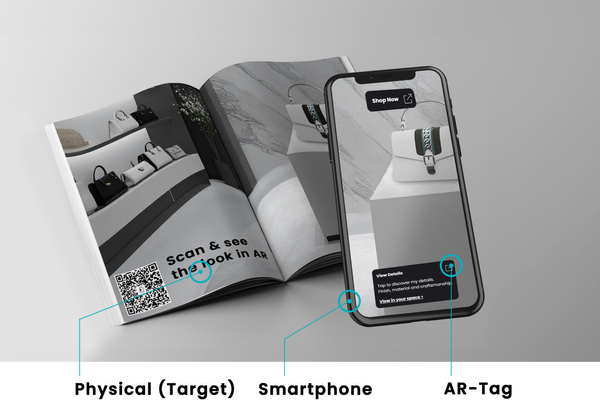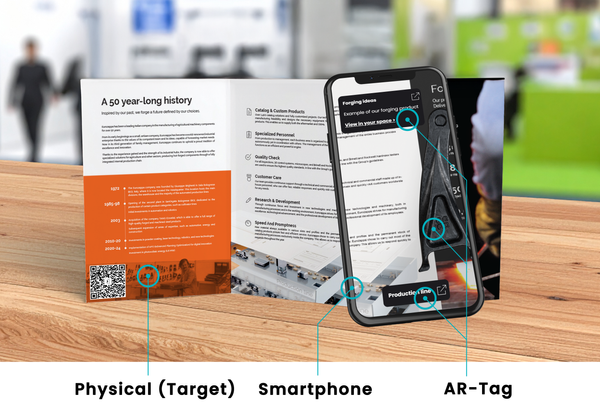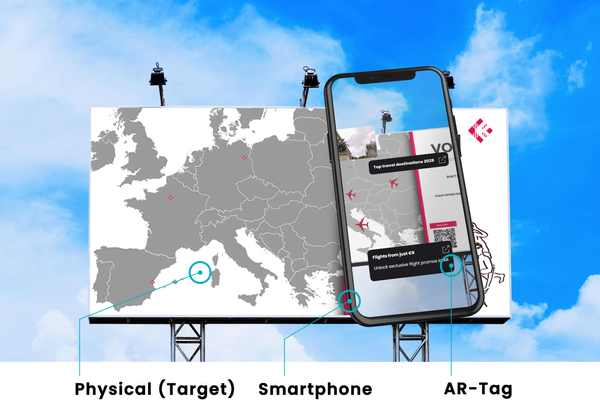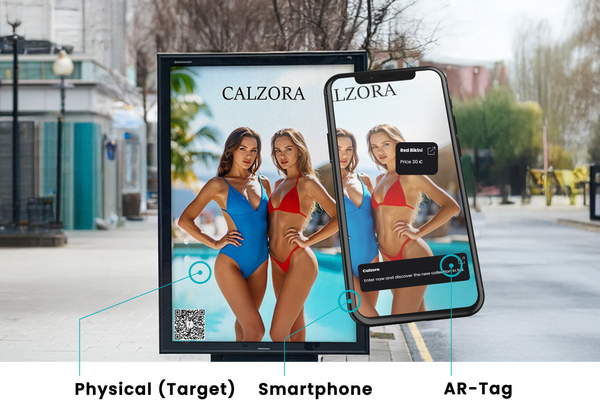How Augmented Reality really works (Bridging digital and physical worlds)
Explore what Augmented Reality is, how it utilizes hardware, the key technologies behind it, and its primary applications.
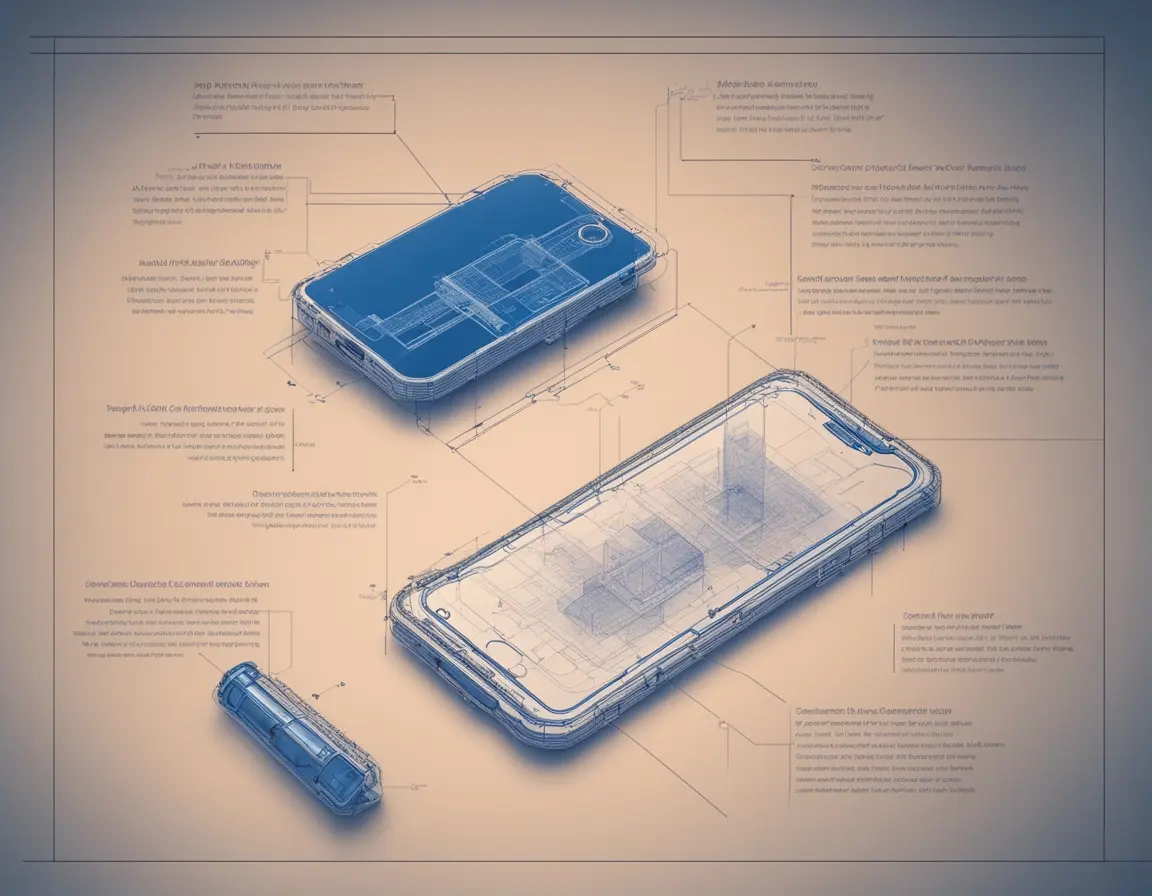
In recent years, Augmented Reality (AR) has carved out a significant niche for itself in the technology landscape. This innovative technology seamlessly bridges the gap between the digital and physical worlds, enriching our real-world environment with digital information and media. Like a layer of digital paint on the physical canvas of our surroundings, AR offers a new dimension of interaction, enhancing everything from everyday tasks to complex professional workflows. It's not limited to any single device; smartphones, tablets, headgear, and more can serve as windows to these augmented vistas, making AR experiences broadly accessible and increasingly immersive.
Definition and Concept
Augmented Reality (AR) fundamentally enhances our perception of the real world by superimposing digital data, images, videos, and sound onto our surroundings. This convergence of digital and physical realms is facilitated by cutting-edge technology, primarily accessible through smartphones and specialized AR devices. Unlike virtual reality, which completely immerses users in a digital environment, AR enhances one’s current presence with overlays of information. This blend offers immense potential, from enriching games with fantasy creatures roaming our parks to assisting surgeons with real-time, life-saving data during procedures.
Historical Background
The seeds of Augmented Reality were sown as early as the 1960s with the creation of immersive head-mounted displays. However, it was in the 1990s that the term "augmented reality" was officially coined by Tom Caudell, a researcher at Boeing. He envisioned AR as a means to simplify the assembly of complex wiring in aircraft by projecting schematic diagrams directly onto physical components. Since these formative years, AR technology has made leaps and bounds, crossing over into consumer technology, and is now at the forefront of innovation in numerous industries.
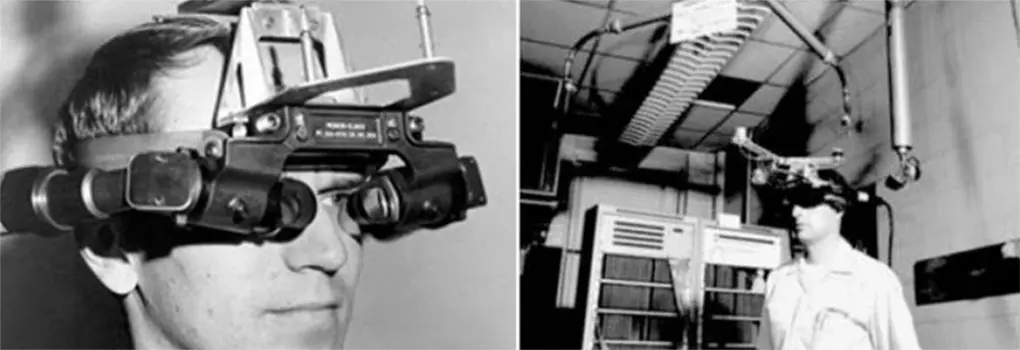
Components of Augmented Reality
AR's magic concoction involves a blend of hardware and software components, each pivotal for creating immersive augmented experiences.
Hardware Components
Display Devices
In AR, hardware serves as the conduit through which digital information meets the physical world. From the compact screens of smartphones and tablets to sophisticated AR glasses that project digital imagery right before a user's eyes, or even futuristic contact lenses in development, display devices are gateways to augmented realities. They enrich users’ visual fields with a layer of digital information, making the experience as seamless as possible.
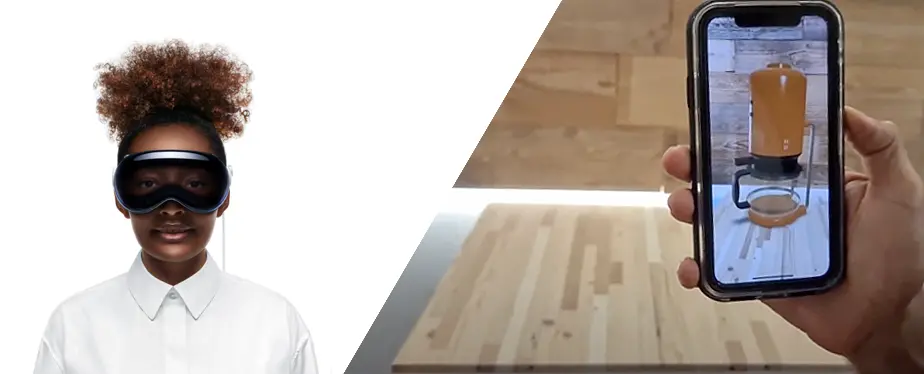
Sensors
Sensors act as the nervous system of AR devices, gathering critical data about the user's environment and movements. GPS units pinpoint geographic locations, cameras capture the intricacies of the immediate surroundings, while accelerometers and gyroscopes detect motion and orientation. Together, they create a cohesive understanding of the user's context, enabling personalized and accurate AR overlays.
Processing Units
Just as the brain interprets sensory data to understand the world, processing units within AR devices compute inputs to generate and align augmented content with the real world. This requires immense computational capabilities, akin to the deliberations of a high-powered PC, crammed into a device small enough to be worn or held.
Software Components
Tracking Systems
Critical to AR is its ability to anchor digital content to the physical world in a stable and precise manner. This is the domain of tracking systems, which map the user's position and movements, ensuring that digital augmentations maintain their relevance and placement in the user's field of view, even as they move through space.
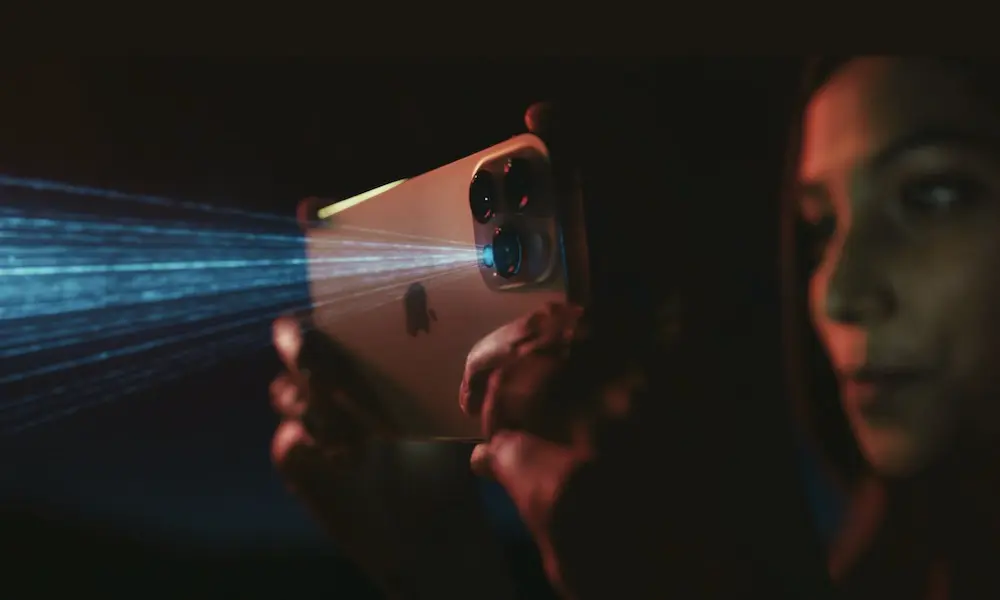
A visual representation of how the Lidar sensor on iPhone scans the world around (courtesy of shutterstock)
Rendering Engines
To convincingly merge digital content with the real world, AR uses sophisticated rendering engines. These engines simulate light, shadow, texture, and depth, breathing life into digital objects so they appear as tangible as the physical environment they're overlaid upon.
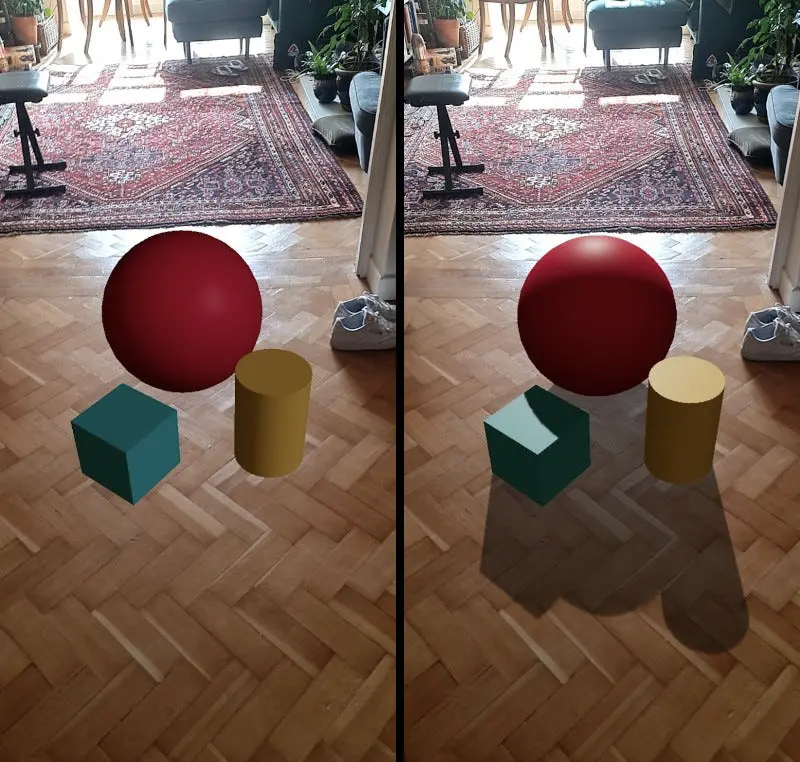
Content Management Systems
AR involves more than just placing digital objects in the real world it’s also about managing these elements in real-time. Content management systems control the unveiling of digital content, such as 3D models and animations, ensuring they appear at the right place and time, enhancing the user's experience.
Working Principles of Augmented Reality
Augmented Reality operates on intricate principles that require seamless integration of real-world sensing and virtual information overlay.
Sensing the Real World
Environmental Understanding
For AR to convincingly integrate digital data into the physical realm, it must first comprehend the environment. This involves analyzing spatial geometry and lighting conditions to place digital objects not just accurately, but also in a way that they appear part of the real-world setting, thus enhancing the user’s perception of reality.
Object Recognition
Beyond environmental mapping, AR technologies possess the capability to recognize specific objects in the user's environment. This ability allows AR systems to react dynamically to real-world cues, enriching user interactions with digital responses that are context-sensitive, enhancing the depth of AR applications.
Overlaying Virtual Information
Graphics Rendering
The heart of AR lies in its ability to render and place digital 3D models in the real world, all in real-time. This process involves complex computations to mimic reality calculating how these digital objects should look from various angles, how they interact with light, and even how they cast shadows, ensuring a seamless blend between the real and the augmented.
Registration and Alignment
For AR to be truly immersive, digital augmentations must remain properly aligned with the real world, regardless of how a user moves or changes perspective. This is a formidable technical challenge, requiring AR systems to constantly recalibrate and adjust digital overlays based on real-time input from sensors.

Interaction and User Interface
Input Devices
Interactivity is a cornerstone of AR, enabling users to manipulate their digital-augmented environment in various ways. Whether through touch, buttons, or even sophisticated haptic feedback devices that simulate tactile responses, AR interfaces break down the barriers between digital content and the user.
Gesture Recognition
In an effort to foster a more natural interaction with augmented realities, AR devices are increasingly adept at recognizing specific user gestures. These interactions permit users to engage with digital content in intuitive ways, from swiping through menus to reshaping virtual objects with a pinch.
Voice Commands
Voice recognition adds another layer to AR’s interactivity, allowing users to control their augmented experiences through spoken commands. This hands-free aspect not only enhances accessibility but also opens up new possibilities for how AR can be woven into daily tasks.
Technologies Powering Augmented Reality
Augmented Reality stands on the shoulders of various underlying technologies, each enriching the AR experience in unique ways.
Marker-based AR
In marker-based AR, the use of physical markers in the real world triggers the display of virtual images. These markers, often QR codes or specific images, act as references for AR systems to position digital content accurately. This approach provides a high degree of precision in how and where augmented elements are displayed.
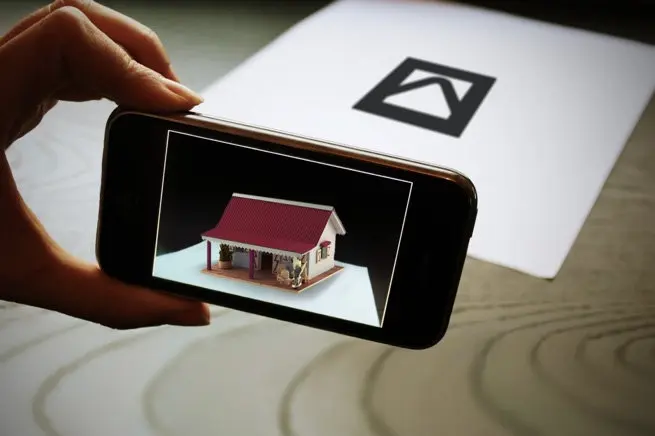
Markerless AR
Marker less or location-based AR leverages sensors within the device to provide contextual augmentations based on the user's geographic location. Without the need for physical markers, this technology can offer AR experiences that are broadly applicable, from navigation aids overlaying directions in real time on a city street to historical facts popping up in front of landmarks.
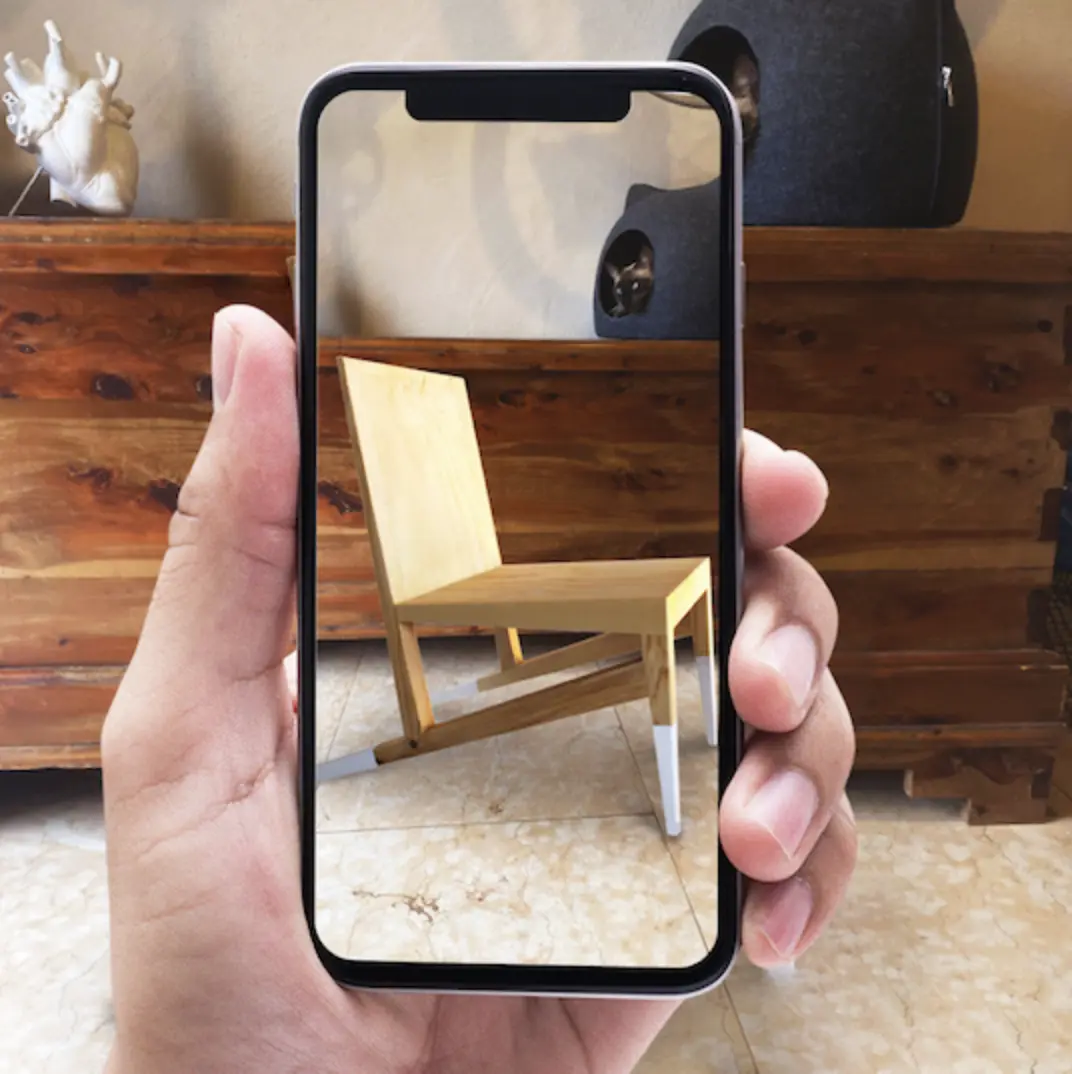
Projection-based AR
Projection-based AR takes a direct approach by casting light onto physical surfaces, creating interactive displays. Whether projecting a keyboard onto a table or providing tangible interactions with projected light, this form of AR can turn any surface into an interactive experience, blending digital elements with the physical world in compelling ways.
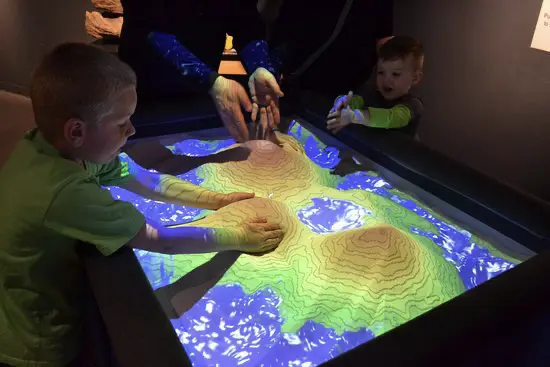
Recognition-based AR
Powered by advanced computer vision, recognition-based AR precisely identifies objects within a camera's view, allowing for potent augmentations tied to specific physical entities. Whether enriching a magazine with animated content when viewed through an AR app or providing detailed information about a historic monument when recognized, this technology paves the way for informative and engaging AR experiences.

Applications of Augmented Reality
The vast potential of Augmented Reality is already being realized across varied sectors, revolutionizing traditional practices and offering new ways to engage with the world.
Industrial Applications
Maintenance and Repair
In industrial settings, AR has proven invaluable, empowering technicians with overlaid schematics and guides during repair tasks. This direct, in-sight assistance simplifies complex procedures, enhances precision, and can significantly cut down on maintenance time, reducing the potential for costly errors.
Training and Simulation
Industries leverage AR for training, creating realistic simulations that safely immerse employees in scenarios they will face on the job. This hands-on approach to training not only accelerates the learning process but also dramatically reduces the risks associated with training in hazardous environments.
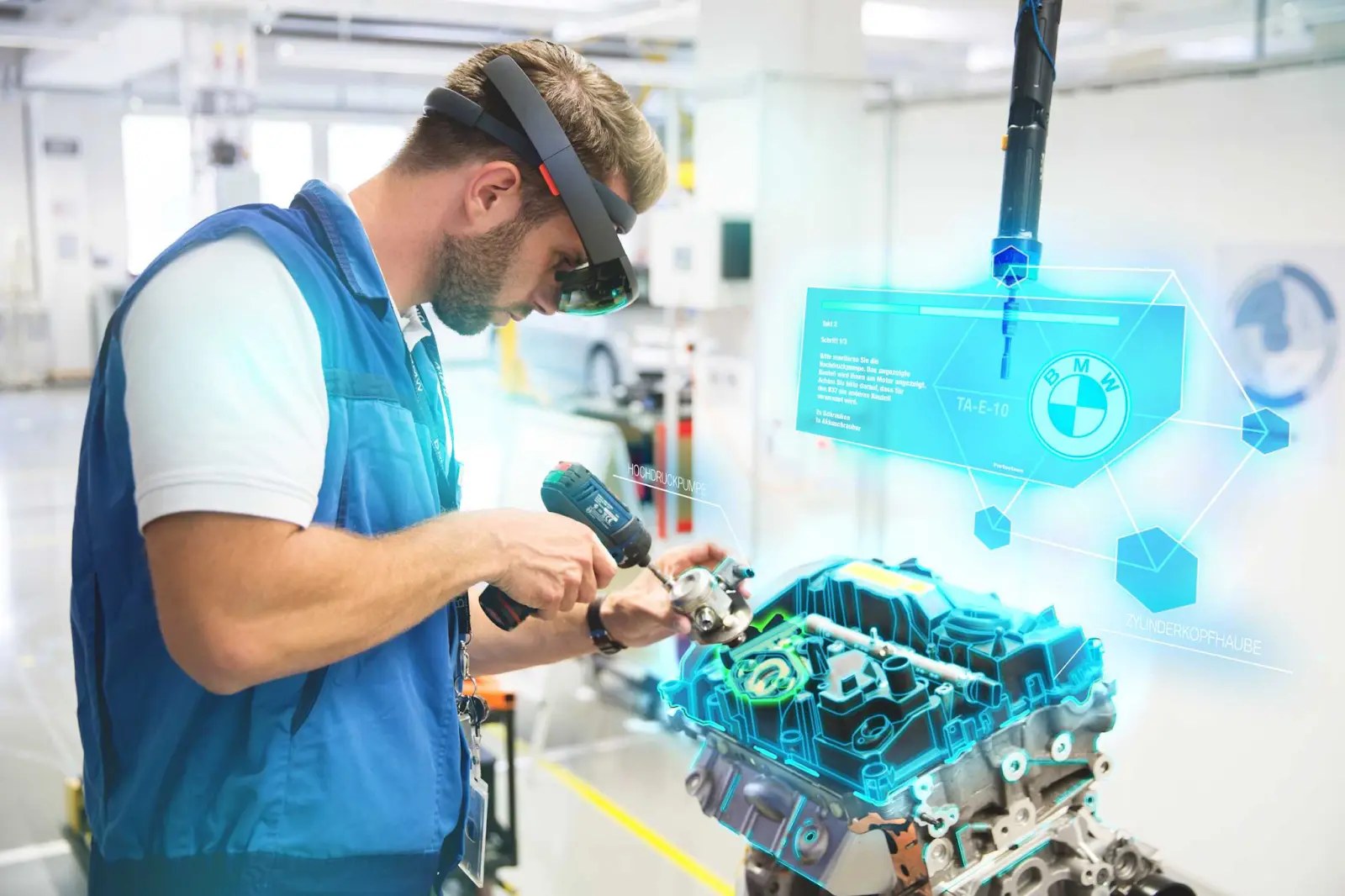
Consumer Applications
Gaming and Entertainment
AR has brought a new dimension to gaming and entertainment, allowing players to interact with digital elements superimposed onto their real-world surroundings. From chasing virtual creatures across city parks in Pokèmon Go to enhancing live performances with augmented visuals, AR engages audiences in ways previously unimaginable.
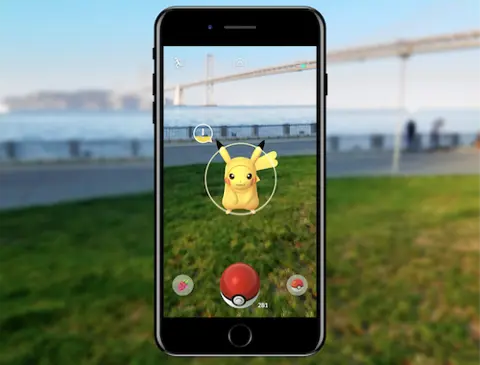
Retail and Marketing
In the realm of retail, AR transforms shopping experiences, enabling customers to visualize products in their own space before making a purchase. This powerful tool aids decision-making, increases customer satisfaction, and bridges the gap between online and physical retail environments.
Healthcare Applications
Medical Training
The healthcare sector benefits enormously from AR, especially in medical training. By overlaying detailed 3D models of body parts over physical proxies, students can gain a deeper understanding of human anatomy, improving their skills in a risk-free environment.
Surgical Navigation
Augmented Reality is advancing surgical practices by providing surgeons with real-time, overlayed visualizations of the patient's anatomy. This minimally invasive approach enhances the surgeon's precision, potentially improving patient outcomes.
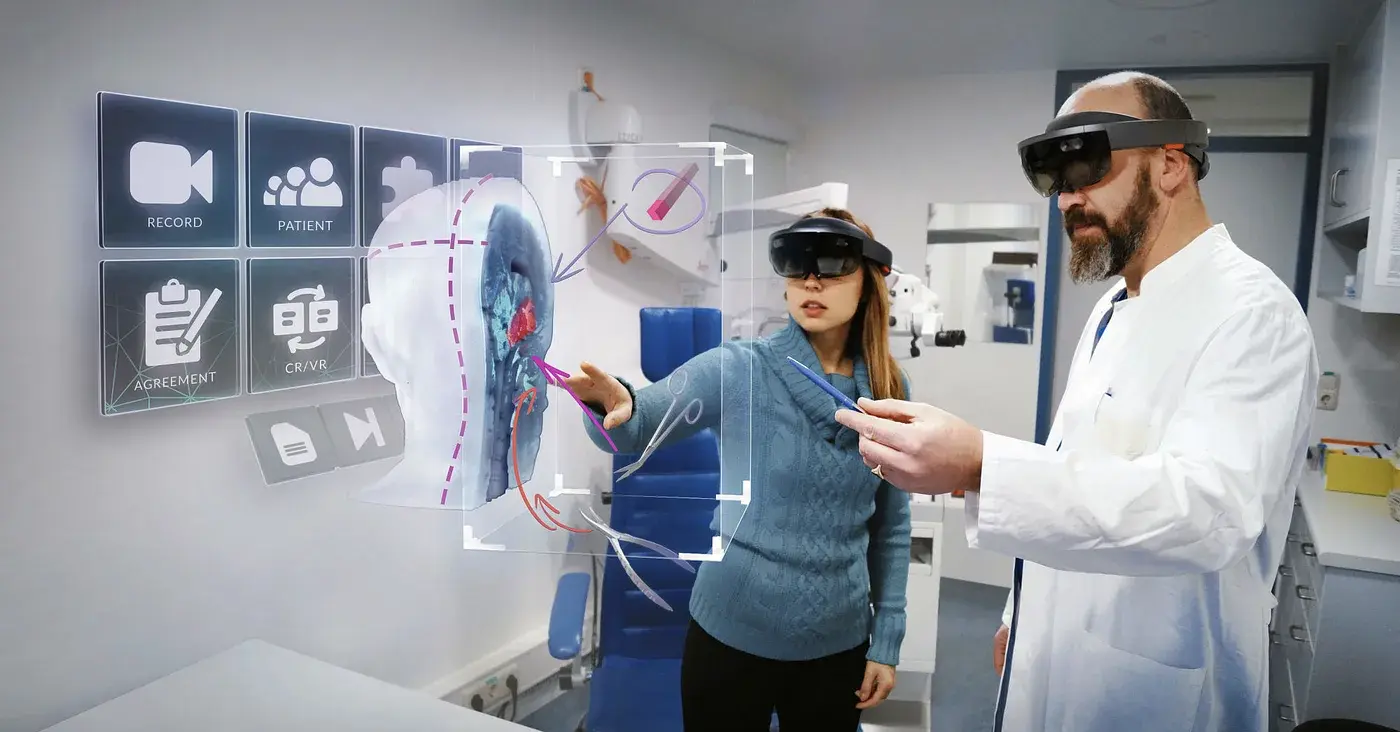
Challenges and Future Trends
Despite its rapid advancement, Augmented Reality faces challenges and represents a fertile ground for future technological evolution.
Technical Challenges
Latency and Performance
One of the most pressing technical hurdles for AR is achieving low-latency, high-performance rendering. Real-time tracking and overlay of digital content demand significant computational resources, putting a strain on the current capabilities of AR hardware.
Hardware Limitations
The broad adoption of AR is also hampered by hardware limitations. The quest for more powerful, energy-efficient devices that can support sophisticated AR applications continues, with ongoing research aimed at overcoming these barriers.
Ethical and Social Implications
Privacy Concerns
The pervasive use of cameras and sensors in AR technology raises significant privacy concerns. The potential for these devices to inadvertently capture sensitive information necessitates robust safeguards and ethical guidelines to protect individual privacy.
Digital Divide
The disparity in access to advanced technologies like AR could exacerbate existing societal divides. Bridging this gap requires deliberate efforts to make AR technologies accessible and affordable to a broader population.
Future Developments
Advances in Hardware
The future of AR is inherently tied to advancements in hardware technology. From more powerful processors to innovative display technologies and better battery life, the evolution of physical devices will dictate the pace and direction of AR’s expansion.
Integration with AI and IoT
The convergence of AR with other cutting-edge technologies such as Artificial Intelligence (AI) and the Internet of Things (IoT) promises to unlock even more groundbreaking applications. From smarter, context-aware AR systems to seamless interaction between augmented content and smart environments, the integration of these technologies holds the key to unlocking AR's full potential.
Conclusion
Summary
Augmented Reality is dramatically reshaping our interaction with the world, offering enriched experiences across entertainment, healthcare, retail, and beyond. Despite facing technical and ethical challenges, AR continues to evolve, holding the promise of even more profound impacts on our daily lives and professional practices. The continued fusion of AR with other technological frontiers will undoubtedly spawn a new era of innovation, making the augmented experience an integral part of human existence.
But we don't have to wait for the future: AR already offers concrete and practical applications today. AR on your smartphone has been around for 6 or 7 years. Are you aware of the potential we hold in our hands?

